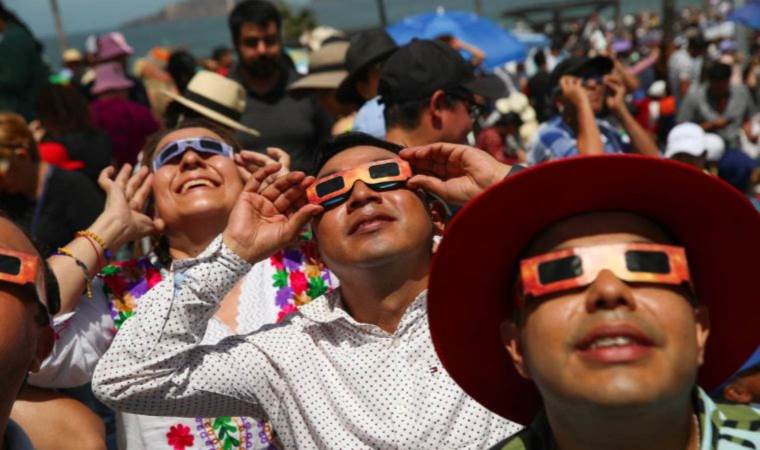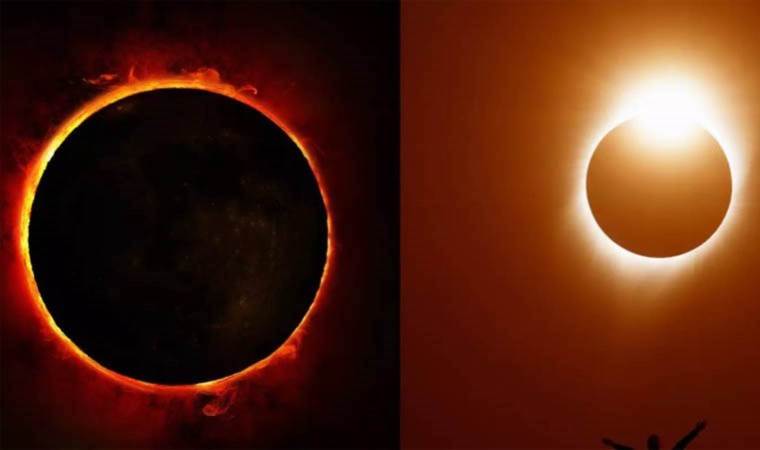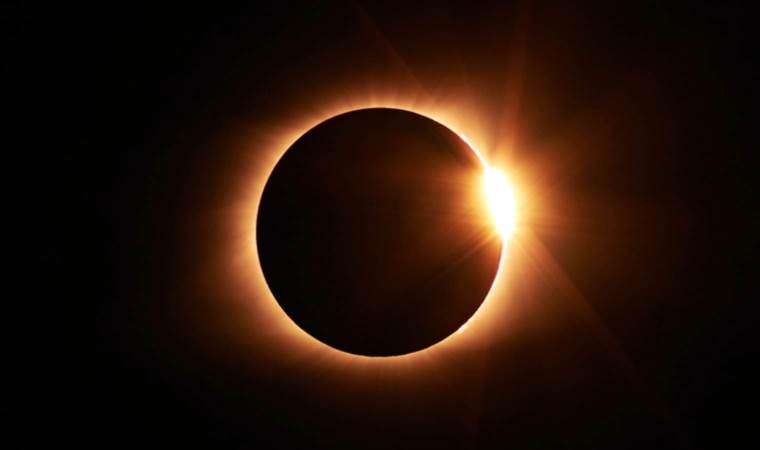North America enthralled by solar eclipse: A spectacular midday dusk
On Monday, throngs of skywatchers across North America were treated to the mesmerizing sight of the first total solar eclipse to shadow the continent in seven years.

From the sun-kissed shores of a Mexican beach resort where the eclipse first made landfall, to the bustling banks of the Ohio River, and further north to the majestic cascades of Niagara Falls at the U.S.-Canadian border, spellbound crowds celebrated this celestial phenomenon with cheers, music, and even matrimony.
In Russellville, Arkansas, a small town known for its proximity to the state's sole nuclear power plant, the moon's shadow became the backdrop for nearly 400 couples who chose to exchange vows in a mass wedding event aptly named "Elope and the Eclipse." Despite the overcast skies at Niagara Falls State Park, where around 2,000 enthusiasts gathered, the emergence of the eclipse's totality for a mere 30 seconds ignited cheers of admiration for its breathtaking beauty.
As daylight returned, a band serenaded the waning lunar shadow with R.E.M.'s 1992 hit "Man on the Moon," capturing the moment's euphoria. Across the river in Ontario, a whimsical assembly of 309 individuals donned in solar costumes set a new world record, surpassing the previous one held by 287 participants in China.
SHADOWS AND LIGHT
Observers fortunate enough to be under clear skies along the eclipse's direct path witnessed the moon transforming into a dark orb that momentarily obscured the sun, leaving only the sun's corona—a brilliant halo of light—visible. This was the first total eclipse to traverse a significant portion of North America since 2017 and will be the last visible from the contiguous United States until 2044. The excitement was palpable at a campground in North Hudson, New York, where spectators were awestruck, noting the noticeable drop in temperature and the automatic activation of outdoor lights, fooled by the sudden darkness.
Mazatlan, Mexico, offered a prime viewing spot where thousands, equipped with solar-safe eyewear, watched the skies darken to the orchestral strains of the "Star Wars" theme. The crowd's enthusiasm peaked when totality was achieved, marking a moment accompanied by otherworldly eclipse effects such as midday star twinkles, temperature dips, and the mysterious flickering of "shadow bands."
Eclipse enthusiasts, some traveling from as distant as Singapore and London, sought the best vantage points along the "path of totality," a 2,500-mile stretch from Mexico's Pacific Coast through Texas and across 14 other U.S. states into Canada. The moon's shadow made its final exit in Newfoundland, leaving behind a trail of awe and wonder.
In New York City, a partial solar eclipse captivated observers at Times Square, showcasing the moon's partial coverage of the sun. This event, too, was one of nature's grand spectacles, drawing crowds eager to witness the celestial dance.
'COMPLETE SENSORY EXPERIENCE'
The eclipse presented a unique challenge with overcast skies in many parts of the United States. Laura and Brian Uzzle, having traveled from Denver to the banks of the Ohio River after altering their initial plans due to weather forecasts, were among those determined to experience the phenomenon. "It's a complete sensory experience," Laura Uzzle remarked, highlighting the profound impact on the natural world around them.
The 2024 eclipse, lasting up to 4 minutes and 28 seconds, offered a longer spectacle than its 2017 predecessor. Its path through densely populated regions meant that approximately 32 million U.S. residents lived within the totality's reach, with an additional estimated 5 million traveling to witness the event firsthand.
As the eclipse journeyed across the sky, its phases captivated onlookers, culminating in the dramatic "diamond ring effect" just before totality—a solitary bright spot shining beside the sun's corona encircling the moon. This celestial event, beyond its visual splendor, fostered a sense of unity and optimism, as reflected in the communal gatherings in places like Burlington, Vermont. Mayor Emma Mulvaney-Stanak observed, "It was a really chill vibe... This felt like another huge surge of optimism," suggesting a potential temporary uplift in social cohesion.



